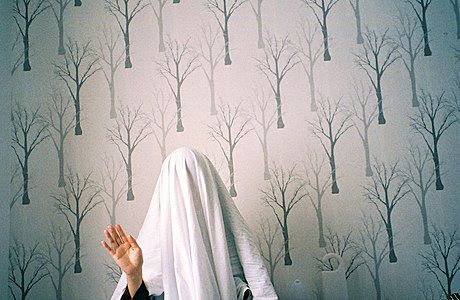Review: Hine
Dancing in the spaces between divinity and reality, Hine aims to reclaim the sacredness of mana wahine. Its programme evokes lofty dreams, but a mishmash of concepts fails to deliver that experience to the audience.
Dancing in the spaces between divinity and reality, Hine aims to reclaim the sacredness of mana wahine. Its programme evokes lofty dreams, but a mishmash of concepts fails to deliver that experience to the audience.
Hine introduced itself with a galaxy of stars, the birth of woman writhing on stage. It was a moment that seemed promising, but far too quickly it was gone. The performance that followed was a mishmash of genre, perspective and medium, each toppling over each other in a seemingly unknowable fashion.
The debut work of Whetu and Komako Silver and whānau, Hine seeks to present a reclamation of the sacredness of women. The reality is a play of two stories. That which is presented on paper and that which is performed in The Basement Studio.
On paper, Hine sounds extraordinary. In 2011, Ngahuia Murphy published her thesis, Te Awa Atua, Te Awa Tapu, Te Awa Wahine. This document is an examination of stories, ceremonies and practices regarding menstruation in the pre-colonial Māori world. Komako Silver describes reading Te Awa Atua as a revelation - an initiation ‘into an ancient space wherein the story of our existence was given new meaning.’
Inspired by this work and their strong Māori upbringing, Komako and Whetu Silver set out to create a piece of theatre that reveals and re-awakens the ‘true nature’ of wāhine Māori. It attempts to do this via a series of vignettes. A disconnected cycle of projection, dance, waiata and storytelling reference the birth of Hinehuone - the first woman - and reflect on modern sexism. Why should women be apologetic for their breasts? Where has our voice been lost? How do we reclaim our position in the world?
On stage, these moments present ideas but fail to explore them, and the overall experience of the work is diminished through sloppy and abrupt scene changes and exchanges that pass beyond the fourth wall out of familiarity rather than for effect. The lasting impact is that while we can appreciate the themes presented onstage, they never invite us in - to follow the story and create our own meaning from it.
Instead, Hine feels like a variety show - an expression of the passions of five powerful wāhine Māori explored in front of an audience for the first time. They are strong in their connection to te ao Māori but this does not in itself translate to the format the show has chosen to adopt and, disappointingly, it's not the reclamation of space we’re led to anticipate.
Hine is on at the Basement Theatre
as part of their Matariki season
21 - 25 June

